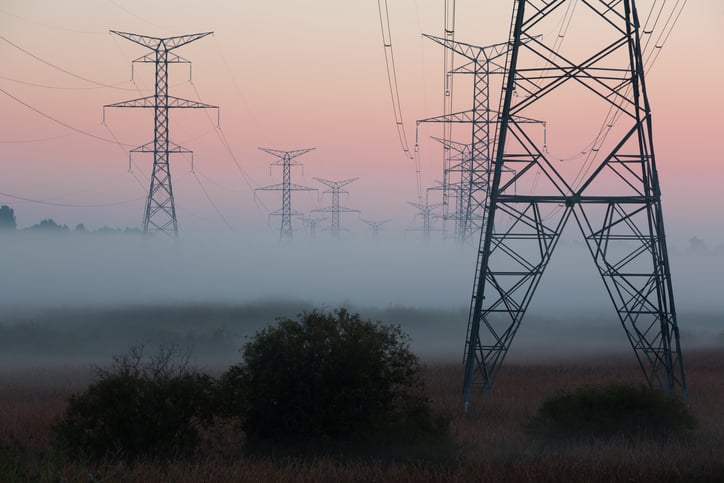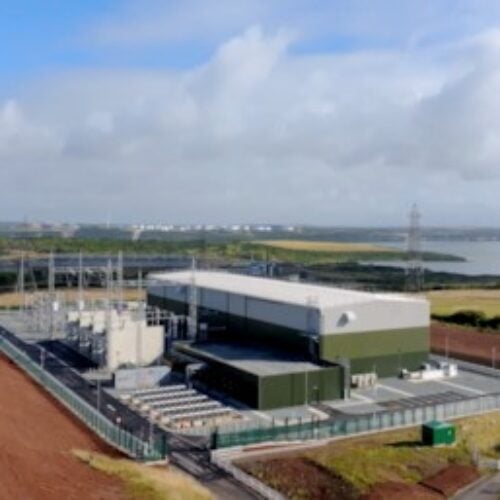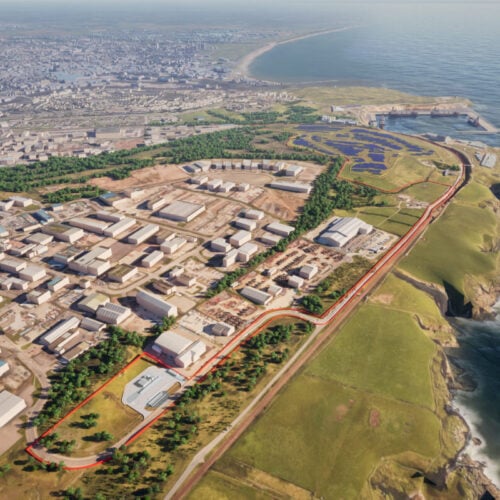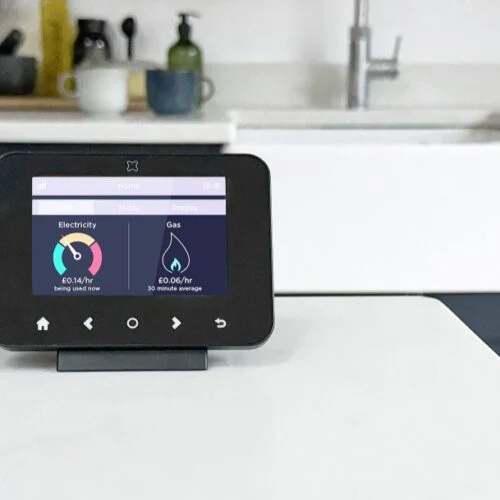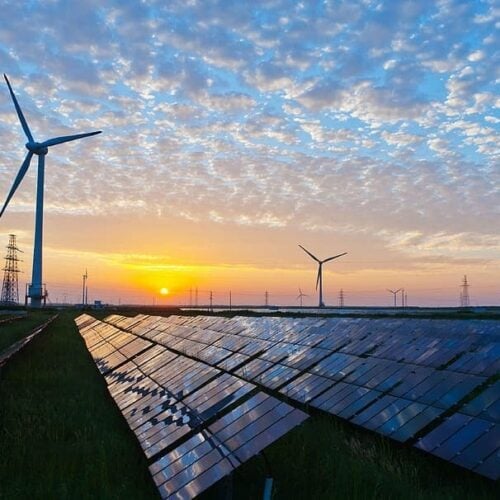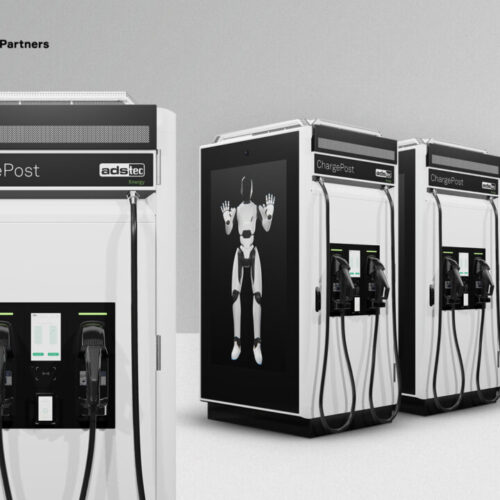Digitalisation looks set to bring about fundamental change in the energy sector, saving hundreds of billions of US dollars by easing network constraints and removing the need for new infrastructure.
Those are the findings from a new report from the International Energy Agency (IEA), exploring digitalisation of the energy sector and its wider impacts, described by the agency as “truly astounding”.
The report, released earlier today, discusses the potential creation of a more connected, intelligent, efficiency and reliable energy system that could be created as a result of a wider technological shift towards more digitalised networks.
The IEA has claimed that the power sector alone could save around US$80 billion – approximately 5% of total annual generation costs worldwide – by greater digitalisation reducing costs involved with operations and maintenance, improved efficiencies in generators and networks, reducing outages and downtime and extending the operational lifetime of generation assets.
Furthermore, as much as US$270 billion in necessary infrastructure costs could be saved by realising as much as 185GW of worldwide flexibility via smart demand response enabled by digitalisation.
Digitalisation also stands to enable greater amounts of variable generation capacity, such as solar and onshore wind, onto national grids and reduce their curtailment from the current level of circa 7% to 1.6% by 2040, a reduction which would save millions of tonnes of carbon emissions.
Greater digitalisation is not without its risks, however. The IEA noted that more pervasive use of digital and interconnected technologies in the energy sector raised new security and privacy concerns, and businesses and employees that could not keep up with the pace of change could end up making decisions with imperfect or incomplete data.
Cyber security in particular has become an increasingly prominent topic of discussion within the power sector. Last week leading consultancy EY found that cyber attacks were top of a list of risks to utility business models.
Fatih Birol, executive director at the IEA, said that digitalisation was “blurring the lines” between supply and demand.
“The electricity sector and smart grids are at the centre of this transformation, but ultimately all sectors across both energy supply and demand – households, transport and industry – will be affected,” he said.
